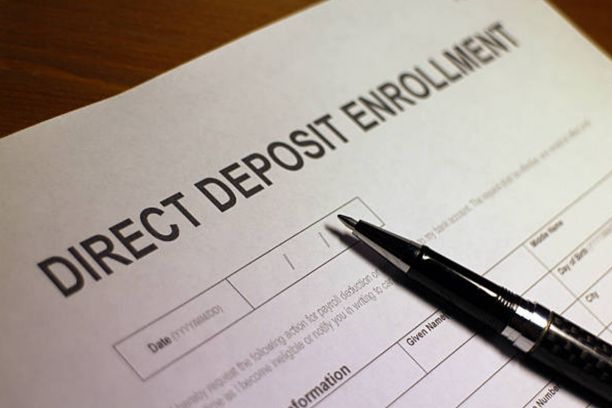Mastering the skill of reading a clock is an essential step in understanding the concept of time.
Whether it’s the hands of an analog clock gracefully gliding around the dial or the digital display of a modern timepiece, the ability to decipher time is a fundamental aspect of daily life.
In this guide, we’ll help you understand the concept of clock reading, exploring both analog and digital formats, unlocking the secrets they hold, and empowering you with the proficiency to confidently tell time in various forms.
With a blend of simplicity and depth, this guide aims to illuminate the path toward time-telling mastery, ensuring that the language of clocks becomes a fluent part of your everyday experience.
Table of contents
How to Read a Clock
A clock is a timekeeping device that displays the hours, minutes, and sometimes seconds of the day. It consists of several key components:
- The Dial: The circular face of the clock, typically marked with numbers from 1 to 12, representing the hours.
- The Hands: Two movable pointers on the dial: the shorter hour hand indicates the hour, and the longer minute hand indicates the minutes.
- The Ticking Mechanism: The internal mechanism that powers the clock’s movement and drives the hands around the dial.
Read Also: How To Wash Baseball Cap: Apparel Care Technique
How to Tell Time on a Clock With Hands
The hour hand points to the corresponding number on the dial, indicating the current hour. For example, if the hour hand points to 3, the current time is 3 o’clock.
Understanding the Minute Hand:
The minute hand moves around the dial, dividing the hour into 60 equal intervals, representing minutes. Each interval is marked with a small tick mark on the dial. The minute hand’s position indicates the number of minutes that have passed since the previous hour.
Reading the Time:
To determine the time, follow these steps:
- Identify the hour: Look at the hour hand and determine the corresponding hour number on the dial.
- Count the minutes: Observe the position of the minute hand and count the number of tick marks it has passed since the nearest hour marker.
- Combine the hour and minutes: Combine the hour information from the hour hand and the minute information from the minute hand to determine the exact time.
Read Also: How To Make Collage On iPhone: Digital Photo Arrangement Creativity
Additional Time Expressions
In addition to the basic hour and minute format, clocks may also display the time in various formats, including:
- Half Past: When the minute hand points to the halfway point between two-hour markers, the time is expressed as “half past” the preceding hour. For instance, if the hour hand points to 3 and the minute hand points to 6, the time is “half past three.”
- Quarter Past: When the minute hand points to the quarter mark between two-hour markers, the time is expressed as “quarter past” the preceding hour. For example, if the hour hand points to 11 and the minute hand points to 3, the time is “quarter past eleven.”
- Quarter to: When the minute hand points to three-quarters of the distance between two-hour markers, the time is expressed as “quarter to” the following hour. For instance, if the hour hand points to 5 and the minute hand points to 45, the time is “quarter to six.”
Read Also: How to Turn On Noise Cancelling on AirPods: Audio Tech Utilization
How to Tell Time on a Digital Clock
Reading time on a digital clock is quite straightforward. Here’s a step-by-step guide:
Hour Display:
- Look at the first two digits. These represent the hour.
- If the hour is less than 10, it might be displayed with a leading zero, such as “03” for 3 o’clock.
Minute Display:
- The next two digits after the colon (:) indicate the minutes.
- For instance, if the clock reads “10:30,” it means it’s 10 o’clock and 30 minutes past the hour.
AM/PM Indicator:
- Some digital clocks also display “AM” or “PM” to indicate whether it’s before or after noon. This often appears either beside the time or as a separate indicator.
Understanding Time Changes:
- As the minutes change from 00 to 59, the hour remains constant until it reaches the next hour. For example, if the clock shows 11:59, the next minute will switch to 12:00, marking the start of a new hour.
24-Hour Format:
- In a 24-hour clock, the time is displayed as a continuous sequence from 00:00 (midnight) to 23:59 (just before the next midnight). In this format, the hours go from 00 to 23, eliminating the AM/PM distinction.
FAQs
An analog clock has two hands: the shorter hand indicates the hour, while the longer hand shows the minutes. The numbers around the clock face represent hours, and the spaces in between denote minutes.
AM stands for “ante meridiem” (before noon), while PM stands for “post meridiem” (afternoon). The clock switches from AM to PM at noon and from PM to AM at midnight.
For hours, each number represents an hour. For minutes, observe the position of the minute hand relative to the numbers. Each hour comprises 60 minutes, so each minute mark counts as one minute.
Digital clocks display time using numbers. They show the hours and minutes in a straightforward format, often separated by a colon (:). For example, 9:30 represents 9 o’clock and 30 minutes.
Practice regularly by checking the time on different types of clocks—both analog and digital. Use resources like worksheets, online quizzes, or mobile apps designed for time-telling practice.
Conclusion
Learning to read a clock is a fundamental skill that enhances personal organization, time management, and overall proficiency in daily life. By understanding the anatomy of a clock, deciphering the hour and minute hands, and comprehending additional time expressions, individuals can effectively navigate their daily schedules, appointments, and interactions with the world around them.





